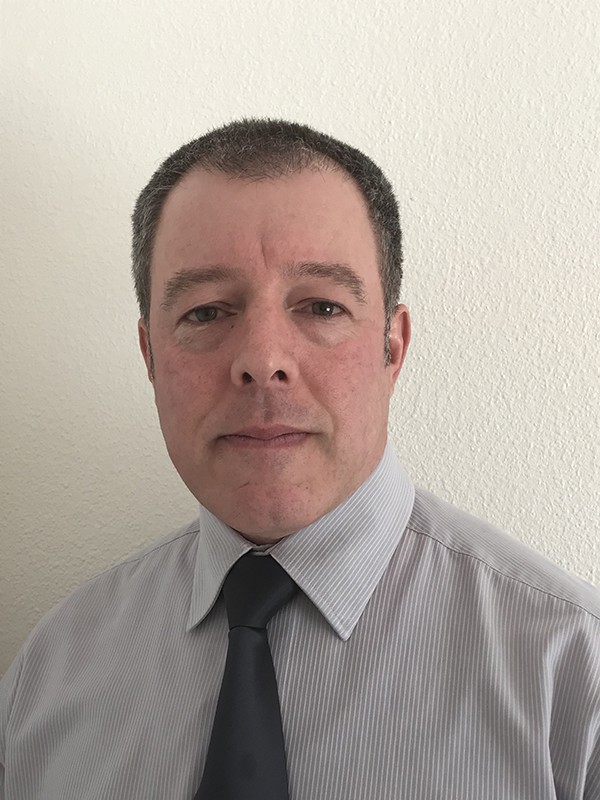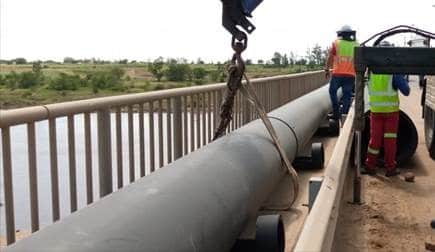In a recent webinar hosted by the Southern African Plastic Pipe Manufacturers Association (SAPPMA), the spotlight was firmly placed on high-density polyethylene (HDPE) as a sustainable and durable piping material. George Diliyannis, Senior Application Specialist at Safripol, delivered a compelling presentation that highlighted both the virtues of HDPE and the pivotal role of standards in ensuring its long-lasting sustainability.

“The webinar was a vital platform for showcasing HDPE’s historical significance, its remarkable properties, and its ability to serve as a dependable infrastructure material for over half a century,” explained Ian Venter, Technical Manager at SAPPMA.
Venter emphasized that HDPE’s long life can be attributed to adhering to standards, particularly ISO 4427. “This international standard is a comprehensive framework that addresses various aspects of HDPE, including compound characteristics, pipe and fitting requirements, and identification methods. ISO 4427 is essential for specifying HDPE materials that can withstand the rigors of long-term use and effectively serve critical infrastructure needs,” he said.
A key aspect of the Diliyannis’s presentation revolved around ISO 4427 and its role in guaranteeing the durability of HDPE piping. “The standard forms the backbone of HDPE material properties, establishing the foundation necessary to endure the stresses and demands of extended service life. By complying with the specifications laid out in ISO 4427, HDPE piping systems can achieve design lifetimes of 50 years or more. This standard is therefore not just an option, but a critical tool that ensures the reliability and longevity of HDPE systems,” Diliyannis emphasised.
Furthermore, the webinar also delved into the significance of CEN TS 12201-7, which focuses on conformity assessment procedures for HDPE piping systems. CEN TS 12201-7 goes beyond just the materials themselves; it encompasses the evaluation of compounds, products, joints, and assemblies, emphasizing a holistic approach to HDPE system performance. The standard also recommends quality management systems and certification procedures, ensuring that HDPE piping systems consistently meet the performance, safety, and reliability requirements that are crucial for long-term use.
“There is a strong symbiotic relationship between ISO 4427 and CEN TS 12201-7. These standards work hand in hand to deliver the sustainability advantages of HDPE piping. They offer comprehensive guidance for manufacturing, testing, and certifying HDPE pipe systems and therefore form the cornerstone of the HDPE industry. Only when manufacturers, authorities, and professionals adhere to both product and process standards as outlined in these documents, can HDPE piping systems confidently achieve design lifetimes of 50 years or more,” Diliyannis said.
Concluded Venter: “It’s clear that the success of HDPE in the field is not merely a matter of material, but also a commitment to adhering to stringent standards that underpin its exceptional performance and longevity. This is not a unique approach for PE systems only – this holds true for thermoplastics, thermosets and all other piping systems, regardless of the material used. A detailed product and system standard linked to a guidance for the assessment of conformity standard, all tied into a comprehensive QMS Quality management standard, ISO 9001:2015. Incorporating ISO 4427 and CEN TS 12201-7 ensures that HDPE pipes meet and exceed industry professionals’ expectations, making them a leading choice for critical infrastructure projects. The message is clear: HDPE piping is more than just a piping material; when supported by comprehensive standards, it is a robust and environmentally preferable infrastructure piping system solution.
For more information, please visit www.sappma.co.za















